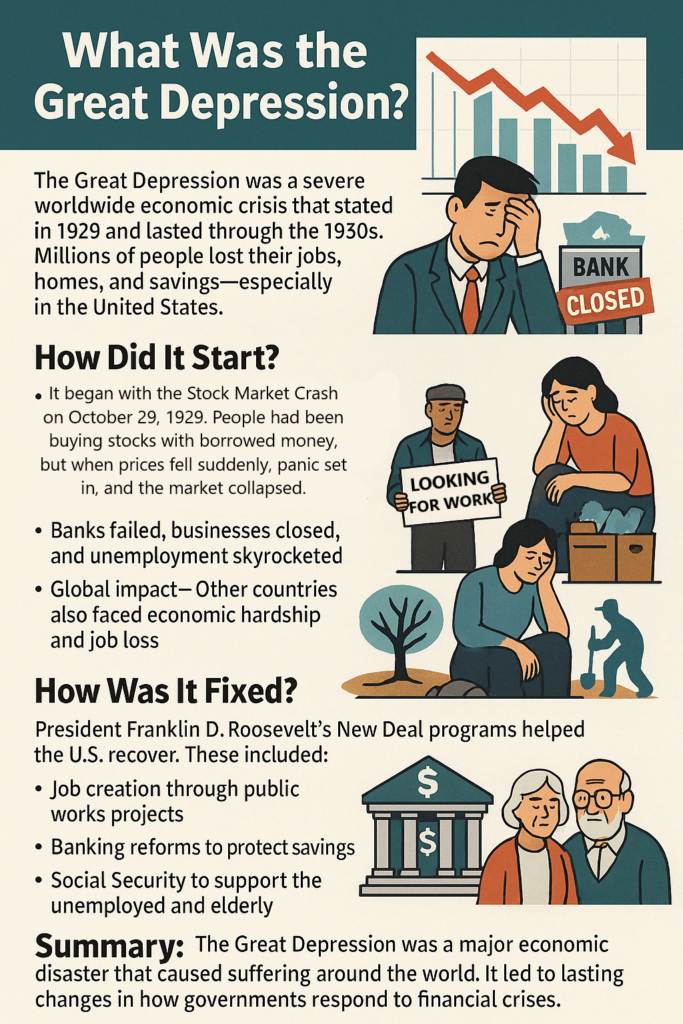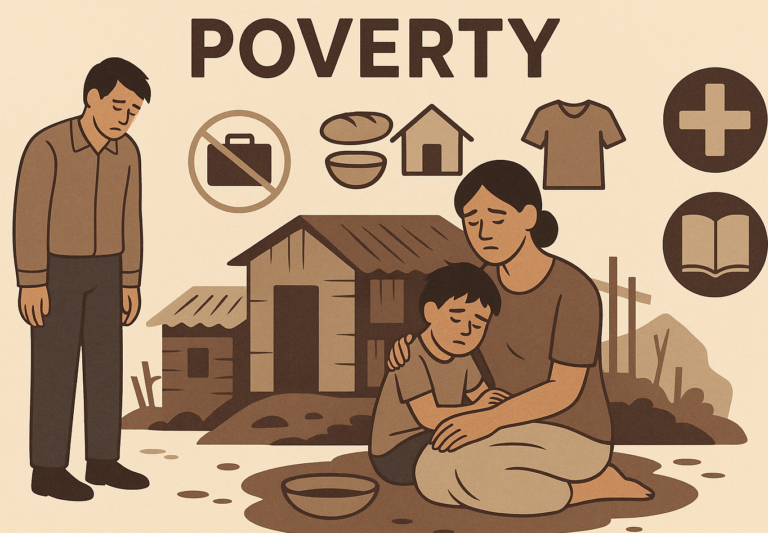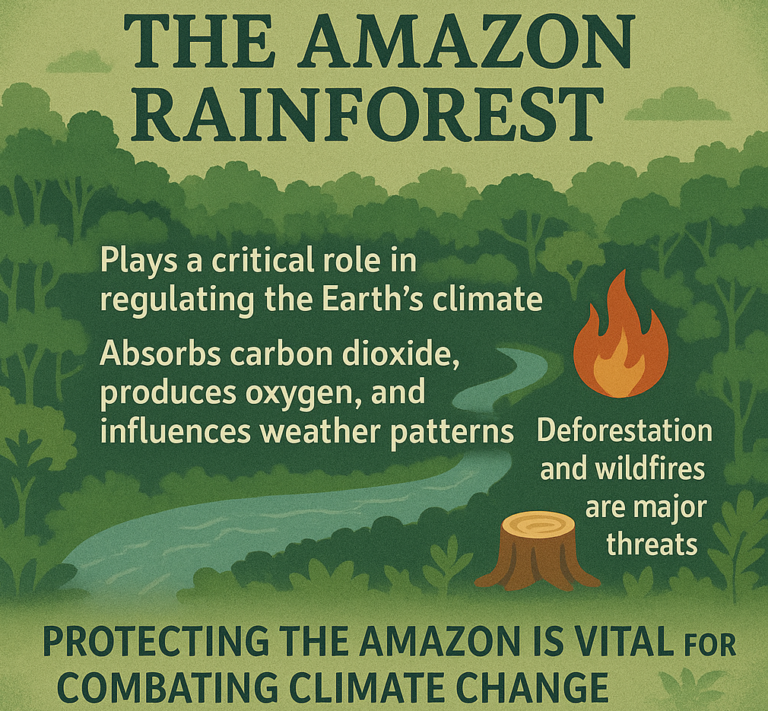What was The Great Depression?
The Great Depression was a time in history when the economy crashed and millions of people around the world lost their jobs, homes, and savings. It started in 1929 and lasted for about a decade, affecting countries all over the world, especially the United States.

How Did It Start?
The Great Depression began on October 29, 1929, when the Stock Market Crash happened in the United States. The stock market is where people buy and sell pieces of companies (called stocks). During the 1920s, many people were buying stocks with borrowed money, hoping that the prices of stocks would keep going up. But suddenly, the stock market started to fall, and people panicked. They sold their stocks all at once, and the market crashed.
As the stock prices dropped, people lost a lot of money. This caused banks to go bankrupt, and they couldn’t give people their savings. Many businesses closed because they had no money to keep running, and soon, millions of people lost their jobs.
Effects of the Great Depression
- Mass Unemployment:
- People lost their jobs because companies couldn’t afford to keep workers. By 1933, about 25% of people in the United States were unemployed. This meant that 1 in every 4 people didn’t have a job!
- Poverty and Homelessness:
- Many families couldn’t afford food, clothes, or homes. People lived in makeshift shelters or shantytowns made of scrap materials. These poor areas were often called “Hoovervilles,” named after the U.S. president at the time, Herbert Hoover, who many blamed for not doing enough to stop the Depression.
- Farm Failures:
- Farmers were hit hard too. The Dust Bowl, a series of severe dust storms, made farming nearly impossible in parts of the U.S., especially the Midwest. Many farmers had to leave their homes and move in search of work.
- Global Impact:
- The Great Depression didn’t just affect the United States. Other countries around the world also suffered from high unemployment and poverty. Trade between countries dropped, and many governments struggled to find ways to improve their economies.
How Did People Try to Fix It?
In the United States, President Franklin D. Roosevelt took office in 1933 and introduced a series of programs called the New Deal to help the country recover. The New Deal included:
- Public works projects that created jobs for people to build roads, schools, and other infrastructure.
- Bank reforms to prevent banks from collapsing again.
- Social Security was introduced to give people who couldn’t work a basic income.
Although the Great Depression lasted for many years, these programs helped people survive and start rebuilding their lives.
Summary
The Great Depression, which began with the Stock Market Crash of 1929, was a period when the global economy collapsed, causing widespread unemployment, poverty, and suffering. Millions of people lost their jobs, homes, and savings. The effects were felt worldwide, but in the U.S., President Franklin D. Roosevelt’s New Deal programs helped to provide jobs and rebuild the economy. While the Depression lasted for a decade, it changed the way governments handled economic problems, making sure they would step in to help in times of crisis.
Keywords: Great Depression, General Knowledge











